I have an SSIS package that queries an Analysis services database and writes the results to Azure Blob Storage as a csv file.
Package is very simple as below. My issue is that NULL values are represented as "\N" and I need them to be BLANK.
There does not appear to be a NULL handling property in the Azure Blob Destination data flow component. Am I missing something / is there a way to change how this component handles NULL values?
Here is the query:
EVALUATE
VAR Customers_csv =
SELECTCOLUMNS (
Customers,
"CustomerID", Customers[CustomerID],
"State", Customers[State]
)
RETURN
Customers_csv
And here is the csv output. The third record is NULL.
CustomerID,State
637099,Kentucky
316102,Kentucky
535357,\N
733735,Kentucky
